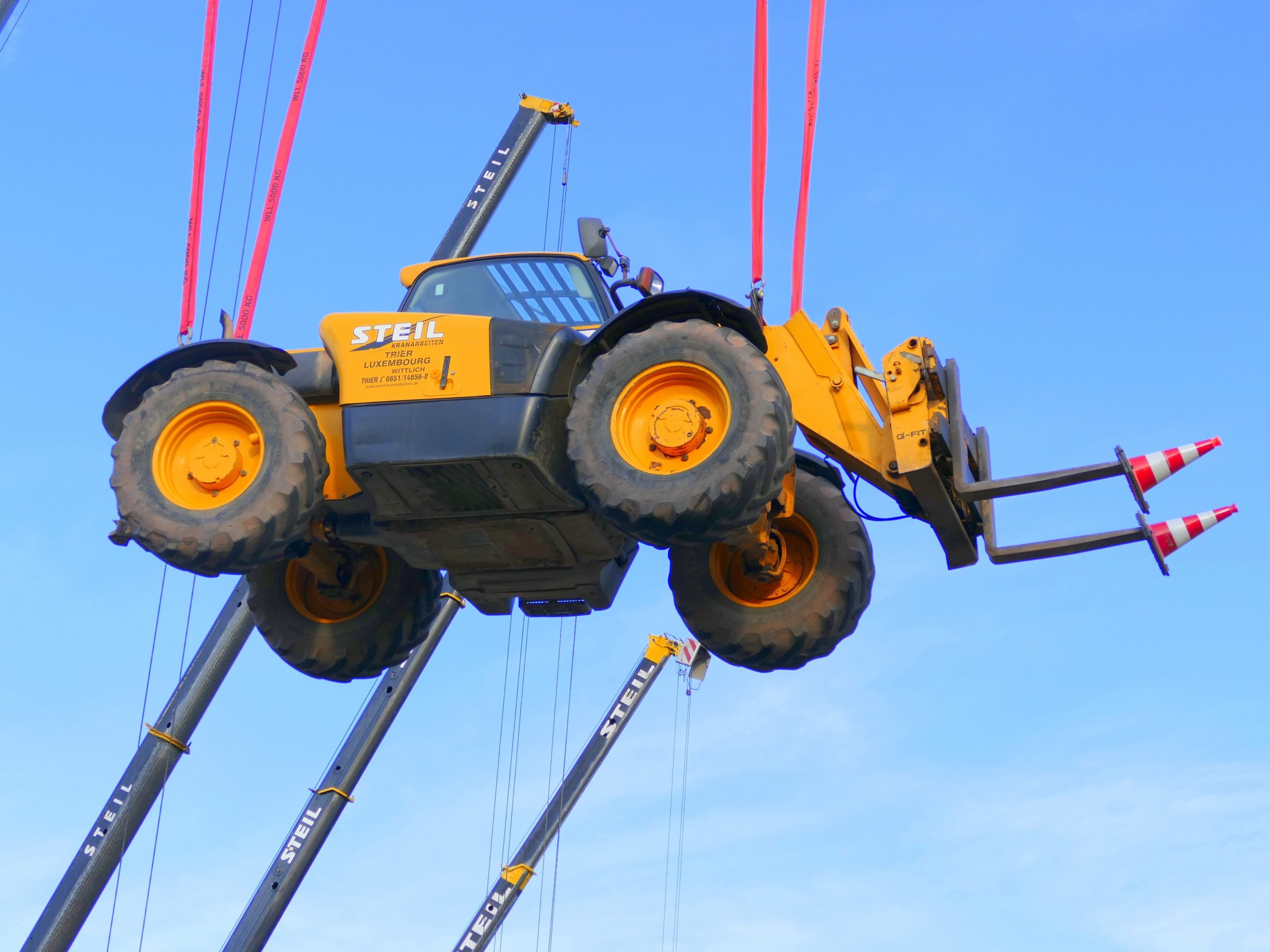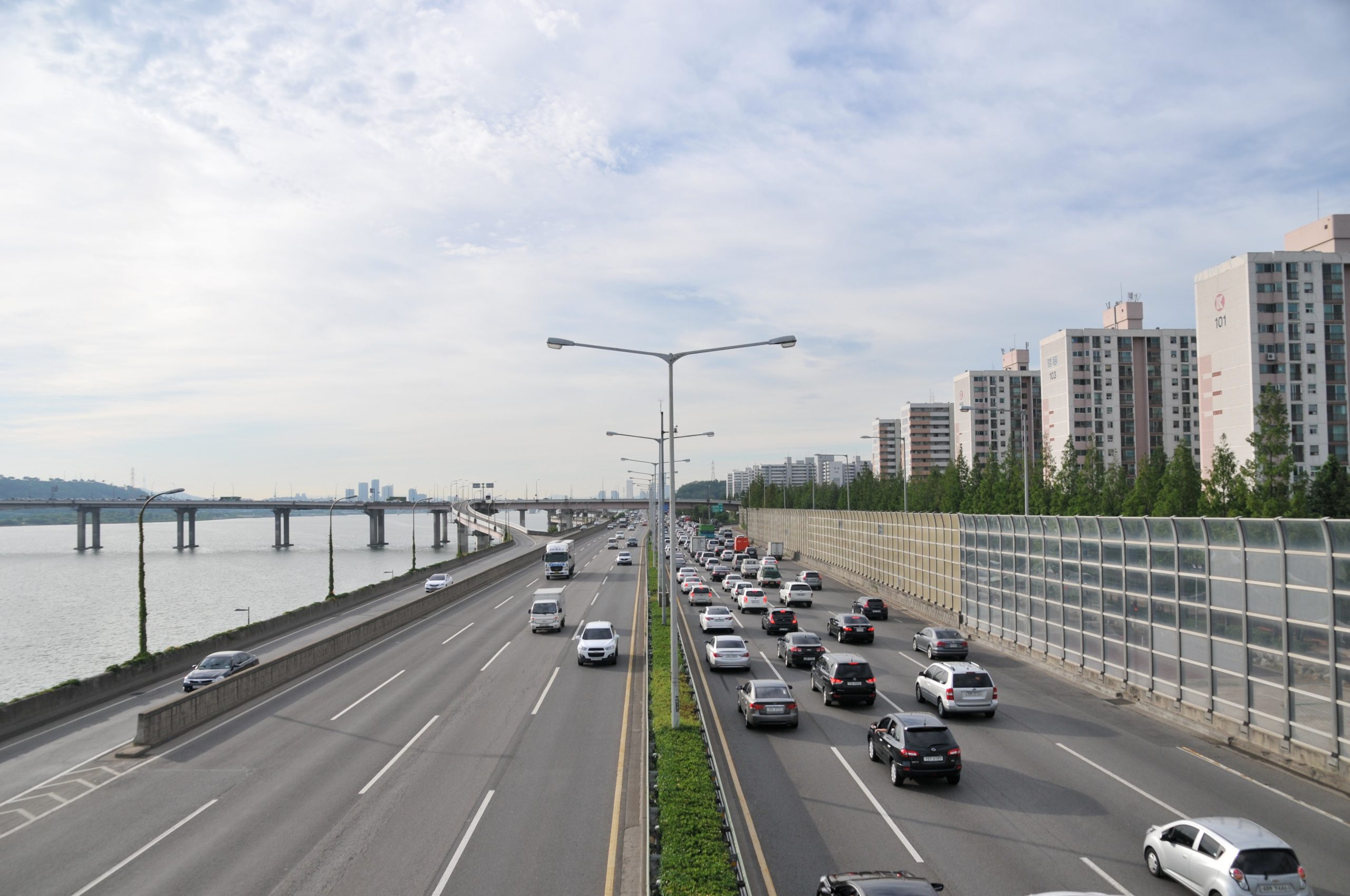 Before taking on one of the nation’s largest, leading automotive manufacturing companies, it is essential to consult an excellent attorney with knowledge of the Federal Court system. The importance of following the deadlines set by the Court in that system cannot be understated. Unfortunately, the lesson of how critical it is to follow court deadlines came to bear a harsh reality for the children of two deceased car accident victims in the following case.
Before taking on one of the nation’s largest, leading automotive manufacturing companies, it is essential to consult an excellent attorney with knowledge of the Federal Court system. The importance of following the deadlines set by the Court in that system cannot be understated. Unfortunately, the lesson of how critical it is to follow court deadlines came to bear a harsh reality for the children of two deceased car accident victims in the following case.
Sandra, Carnel, Darnell, Gregory, and Lashawn Joseph (collectively “the Josephs”) sued GM after the car their parents, George and Jeanette Joseph, were passengers in caught fire and crashed into the guardrail, causing their parents’ fatal injuries. In trying to gather evidence to support their claims against GM at the District Court, the Josephs sought expert testimony. Still, they failed to identify expert witnesses or produce expert reports before the District Court’s scheduled deadline passed. Therefore, the District Court denied the Josephs’ motion to reschedule the deadlines based on their failure to show good cause for not meeting the deadline.
The Josephs did not object to this denial, and GM moved for summary judgment. The summary judgment argued that because Josephs had no experts to prove their claims, they had no case to go forward with. The Josephs attempted to admit expert testimony to challenge GM’s motion. However, the District Court neither allowed the testimony because the Josephs missed the previously scheduled deadlines nor allowed the Josephs extra time for discovery. As a result, the District Court ruled in favor of GM on the motion for summary judgment. The Josephs subsequently appealed to the Fifth Circuit.
 Insurance Dispute Lawyer Blog
Insurance Dispute Lawyer Blog



 Timing is an important part of claiming worker’s compensation in Louisiana.
Timing is an important part of claiming worker’s compensation in Louisiana.  Workers’ compensation is a financial support system that may be available to injured employees. It aims to ensure employees are compensated for their injuries and do not bear the entire expenses of medical bills. Workers’ compensation laws differ from state to state. Still, the general idea is that employees can get benefits regardless of who was at fault for the injury so long as the injury arose from an act during employment.
Workers’ compensation is a financial support system that may be available to injured employees. It aims to ensure employees are compensated for their injuries and do not bear the entire expenses of medical bills. Workers’ compensation laws differ from state to state. Still, the general idea is that employees can get benefits regardless of who was at fault for the injury so long as the injury arose from an act during employment.  When finding yourself as a defendant in a lawsuit, you will want to limit your liability as much as possible. Your liability could be altered when a co-defendant is found to be at fault for the injuries to a certain extent. However, when one defendant is dismissed before the trial begins, can another defendant seeking to split the fault appeal the decision? A case arising out of St. Charles Parish aims to answer this question.
When finding yourself as a defendant in a lawsuit, you will want to limit your liability as much as possible. Your liability could be altered when a co-defendant is found to be at fault for the injuries to a certain extent. However, when one defendant is dismissed before the trial begins, can another defendant seeking to split the fault appeal the decision? A case arising out of St. Charles Parish aims to answer this question. Driving poses undeniable risks. However, travelers may need to consider how unsafe a barrier curb may be in certain situations. When is the state liable for these conditions? A case from the St. John Baptist parish considered how the state department of development and transportation was at fault for construction risks that contributed to an accident.
Driving poses undeniable risks. However, travelers may need to consider how unsafe a barrier curb may be in certain situations. When is the state liable for these conditions? A case from the St. John Baptist parish considered how the state department of development and transportation was at fault for construction risks that contributed to an accident.  Rick Sheppard, an inmate in the custody of the
Rick Sheppard, an inmate in the custody of the  A chemical plant explosion, sudden and dangerous, causes chaos when the workers try to escape. During that exodus, a worker is trampled by his colleagues as they attempt to flee. Who then bears responsibility for the injuries caused by this trampling? Is it the other workers? Is it their managing company? Is it the owner of the chemical plant?
A chemical plant explosion, sudden and dangerous, causes chaos when the workers try to escape. During that exodus, a worker is trampled by his colleagues as they attempt to flee. Who then bears responsibility for the injuries caused by this trampling? Is it the other workers? Is it their managing company? Is it the owner of the chemical plant?
 Car accidents are traumatic experiences that occur every day across Louisiana. An accident can cause initial damage upon impact, but many accident victims also spend months and sometimes years coping with accident-related injuries.
Car accidents are traumatic experiences that occur every day across Louisiana. An accident can cause initial damage upon impact, but many accident victims also spend months and sometimes years coping with accident-related injuries.